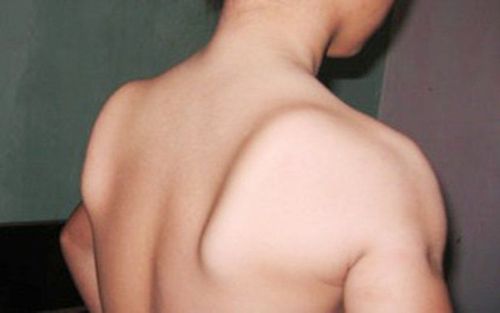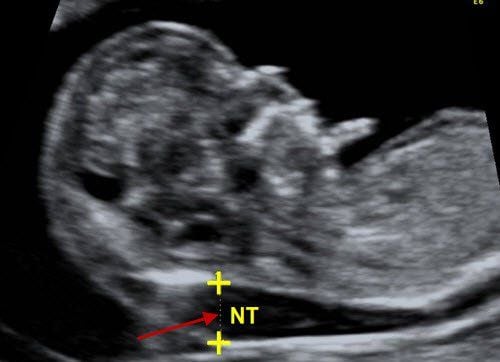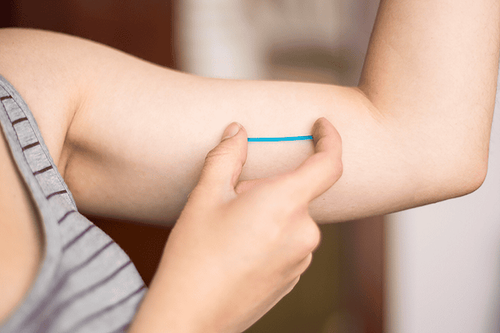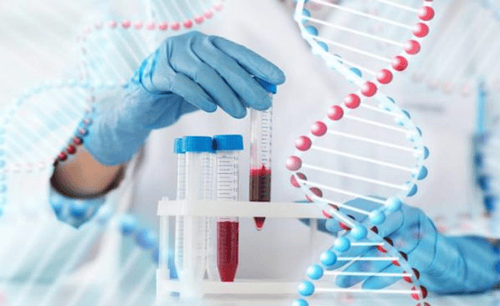This is an automatically translated article.
Duchenne muscular dystrophy, also known as Duchenne muscular dystrophy, is an inherited human disease that causes muscle disorders and muscle degeneration over time. Duchenne muscular dystrophy can be disabling and even fatal, so it's important to know the cause of Duchenne muscular dystrophy and how to treat it.1. Duchenne muscular dystrophy
Duchenne muscular dystrophy is a very common genetic neuromuscular disease in humans with an incidence of about 1/3500-1/5000 male births. The cause of Duchenne muscular dystrophy is a mutation in the Dystrophin gene, a recessive gene located on the X chromosome at position Xq21. When this gene is mutated, the body is unable to synthesize Dystrophin protein in the membrane of skeletal muscle cells, causing muscle degeneration and atrophy over time. The mutated gene is located on the X chromosome, so if the mother carries the disease gene, 50% of the sons will be born with the disease and 50% of the daughters will be born with the disease gene in the body. However, Duchenne muscular dystrophy is more common in men.
The disease begins to manifest into symptoms at the age of about 1 - 6 years old. The disease affects the function of muscles and bones in the body such as progressive muscle weakness, especially in the proximal extremities, gradually weakening movement such as slowness in walking, standing, sitting, running, and climbing stairs. ..., stiffness, muscle atrophy, super crooked spine. In some cases of Duchenne muscular dystrophy, there may be hypertrophy of the calves and crutches when the patient is 10 years old, then the disease will get worse and worse, causing the patient to be completely wheelchair-bound by the age of 13. . In addition to musculoskeletal symptoms, muscular dystrophy in children also makes children lose their ability to speak, remember and even talk and communicate with people around them. The disease can affect the heart muscle, specifically respiratory disorders, myocardial hypertrophy, which can be life-threatening. The disease progresses and worsens over time, depending on the different patients and the genetic mutations and DNA structure of the patient, the time to progress of the disease will be different.
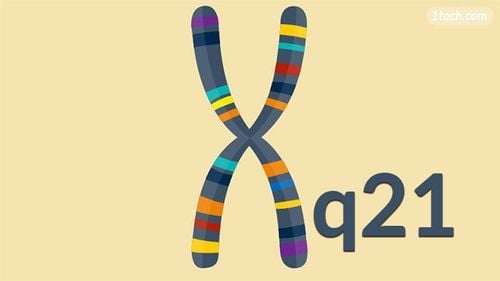
Đột biến gen Dystrophin tại vị trí Xq21
2. Causes of muscular dystrophy duchenne
The cause of Duchenne muscular atrophy is a mutation that has occurred and is inherited on a recessive X gene. The Dystrophy gene on the X chromosome at position Xp21.2, is the longest gene in the human body. With a length of 2400kb, this Dystrophy gene includes 79 exons capable of synthesizing Dystrophy protein, which is responsible for protecting and protecting muscle cells and helping the muscle's fibrous membrane to be strong and not damaged by factors. others affect it. When this gene is mutated, the Dystrophy protein will not be synthesized, for this reason, muscle cells in the body will be degraded, damaged and weakened over time. Several mutations can occur including point mutations, deletion mutations, translocation mutations or deletion mutations. Because the gene that causes the disease is located on the X chromosome, in most cases, a boy will be born with Duchenne muscular dystrophy, and a girl can also get the disease when the girl has the mutation. and in the body there is only 1 X sex chromosome or 2 XX chromosomes, but 1 of these 2 X chromosomes is inactivated.
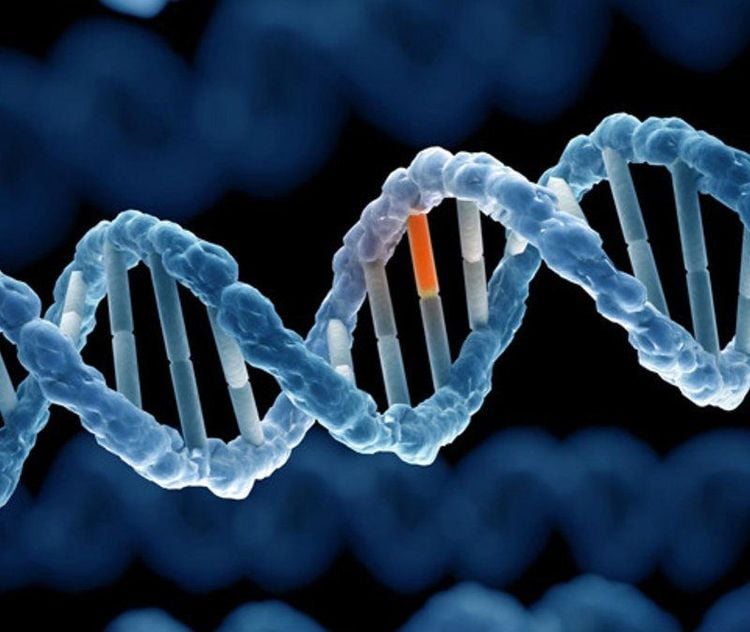
Yếu tố di truyền gây bệnh teo cơ duchenne
3. Is muscle atrophy reversible?
Since Duchenne muscular dystrophy is an inherited condition, it is difficult to completely cure it, and so far there is no proven effective treatment. The best way to prevent the dangers that the disease causes is to carry out genetic testing for prenatal diagnosis, predicting the likelihood of having a baby with Duchenne muscular dystrophy of couples planning to have children. . In addition, to prevent disease, all family members need to take a Creatine Kinase test to limit the risk of having a sick child, especially if a parent has had a child before, they need to have a Creatine test. Kinase for that child to calculate the probability of having a child with the disease, from which genetic counseling and appropriate treatment measures will be taken.
However, if Duchenne muscular dystrophy is discovered later, then we can still treat it with the goal of controlling the symptoms it causes. Currently, the applied treatment method is medical treatment combined with physical therapy to slow the disease progression and prolong the patient's life:

Vitamin E được sử dụng trong điều trị nội khoa bệnh teo cơ Duchenne
Medical treatment:
Some drugs are applied such as: Prednisolone 5mg, take 1-2 tablets/day for 2-3 months, or Prednisolone 5mg/kg/week, take within 2 days, then take 5 days off within 2-3 months. ATP 25-30mg, take 1-2 tablets/day Moriamin, protein tablets... Vitamin E 400 1 tablet/day, drink for 1 month. Vitamins A, B and C can be used in necessary cases. Rehabilitation:
Exercise movement and massage muscles to limit muscle degeneration, need help from relatives in this method. Shower and soak your body in warm water for 15-20 minutes/day. Electromechanical techniques Respiratory system supportive therapy Orthopedic surgery in some necessary cases Using a pacemaker when the patient has damaged myocardium and has signs of cardiovascular disorders Symptoms such as heart failure, myocardial hypertrophy, need a combination of medication and heart transplant technique
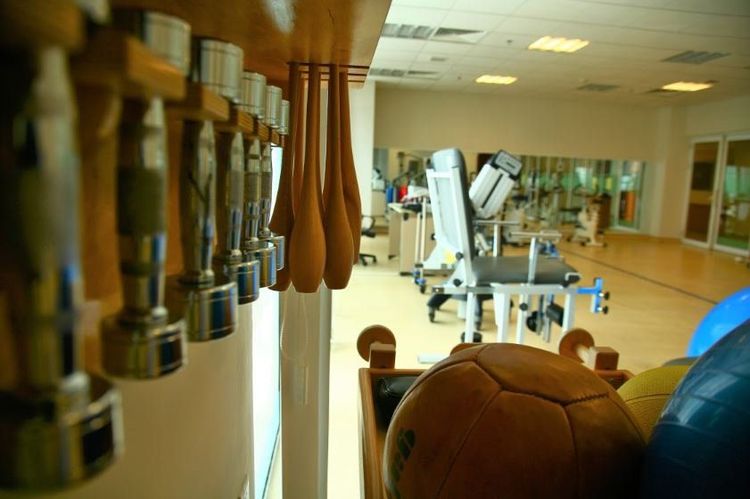
Liệu pháp phục hồi chức năng giúp điều trị teo cơ
Duchenne muscular dystrophy is a genetic disease of muscle disorders in humans, affecting the patient's health and daily life. Duchenne muscular dystrophy is not reversible, so the best way to limit the dangers of the disease is to prevent it before birth with prenatal diagnostic methods.
To register for examination and treatment at Vinmec International General Hospital, you can contact Vinmec Health System nationwide, or register online HERE
Recommended video:
Health check recurring at Vinmec: Protect yourself before it's too late!
SEE MORE
Frequently asked questions about NIPT prenatal screening When is the best time to have a prenatal screening test to detect fetal abnormalities? Similarities and differences between Double test - Triple test




